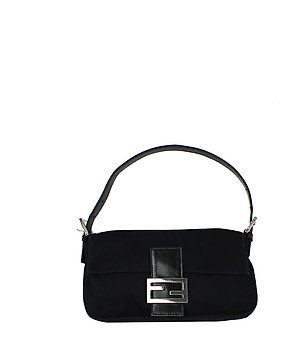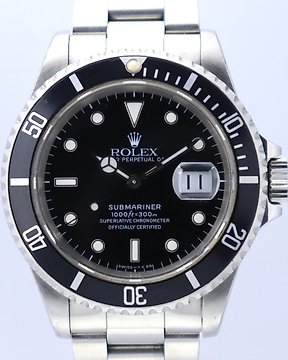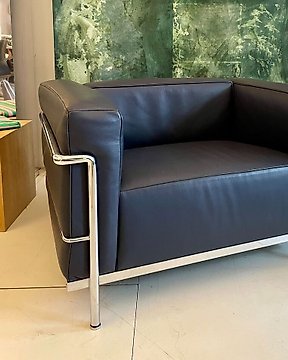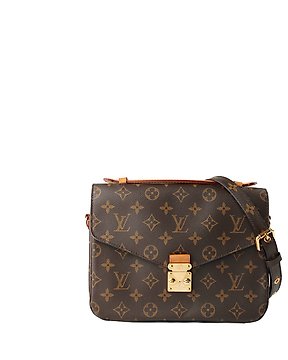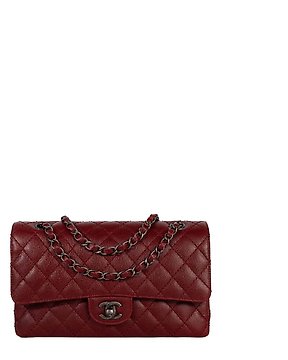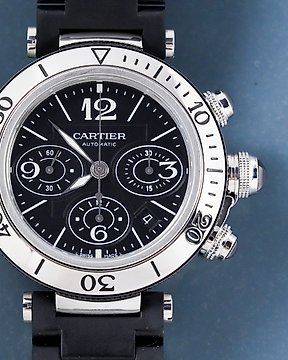Moche, Pérou Terre cuite Mère endormie. Huaco de qualité supérieure. Ier-IVe siècle après JC. 24 cm de hauteur. Licence
Nº 85409949

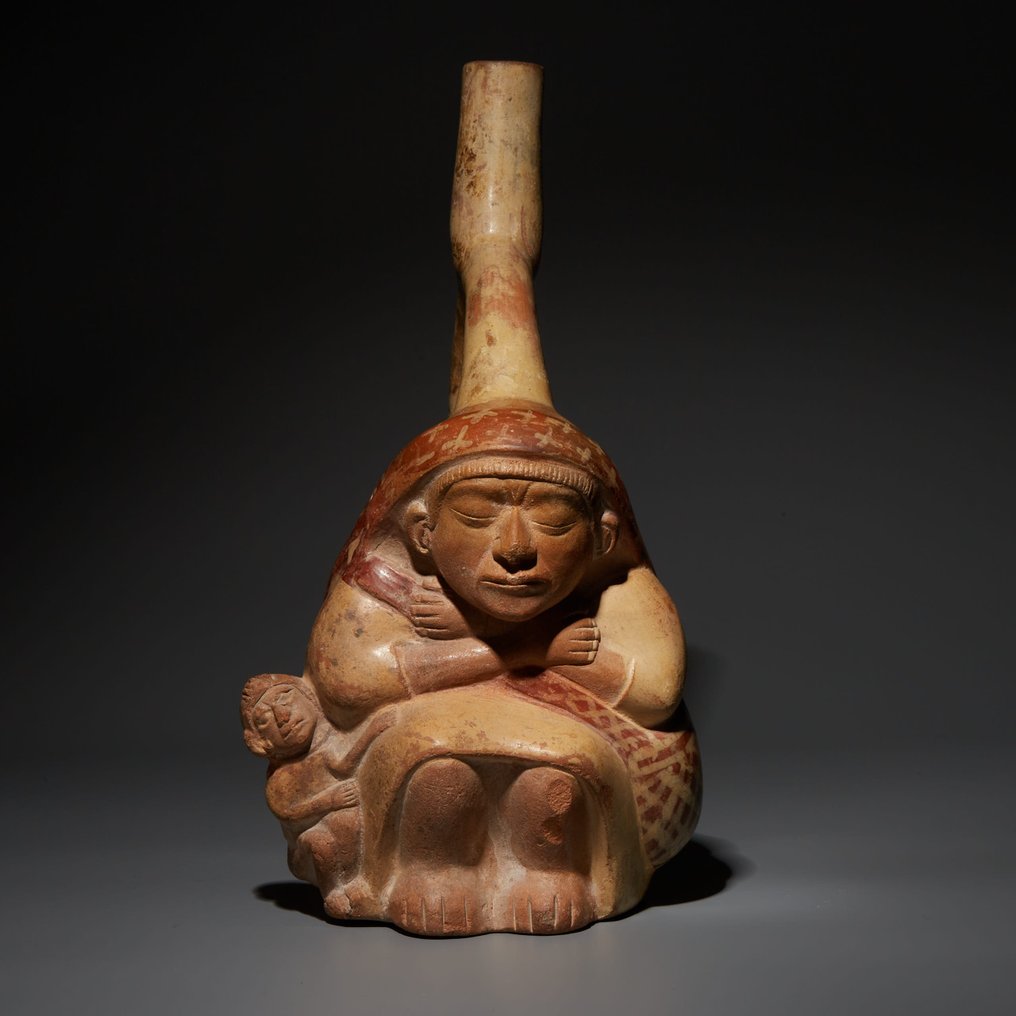

Huaco of sleeping mother and child.
One of the finest examples we know of the type, object of great beauty and interest!
- Thermoluminiscense Test -
CULTURE: Moche, Perú
PERIOD: 1st-4th century AD.
MATERIAL: Terracotta
DIMENSIONS: Height 24 cm
CONDITION: Good condition.
PROVENANCE: Private collection, Paris, France. 1970.
DOCUMENTATION: Spanish Import license included.
DESCRIPTION:
Huacos are closed vessels with a spherical or sculpted body, a flat base and a tubular handle in the form of a stirrup. They have been and are one of the principal elements which allow us to know not only characteristics of this pre-Hispanic culture, but also of its society, the natural environment in which it developed and the different stages of its cultural evolution. Its name derives from huaca, the name referring to a tomb of this culture, as moreover, these vessels were destined to make up part of the grave goods of a deceased person.
The Moche culture inhabited the coast of present-day northern Peru, concentrating in the valleys of Lambayeque, Chicama, Moche and Virú. This desert region is crossed by several rivers that flow down into the Pacific Ocean, where marine resources are plentiful.
The Moche produced fine ceramic, textile and precious metal pieces. Their characteristic style can be seen in a wide range of goods such as fire-engraved gourds, wall murals, featherwork art, body painting and tattoos. Their ceramic decoration displays a level of skill that has rarely been surpassed, and included such techniques as incision, bas-relief with stamps, and painting on smooth surfaces. Many were made in state-run workshops that mass-produced pieces from molds. Their ceramics came in a variety of forms and decorative styles and displayed myths and ritual motifs as well. Notable among these earthenware forms were the so-called “portrait bottles”, bottles molded with the face of a well-known Moche figure. These highly detailed facial portraits reflect the Moche’s own use of face paint and/or tattoos, as well as elaborate headdresses. This portrait-making expertise can also be observed in everyday scenes and erotic representations, as well as in figures of individuals that were hunch backed, blind, or suffered from other disorders. They were skillful metalworkers, using gold, copper and silver to make ear ornaments, nose rings, bracelets, necklace beads, tweezers and a variety of tools. Especially notable is the tumi or ceremonial knife that was usually only carried by Moche officials.
Many of the motifs adorning early Moche ceramics were derived from the Recuay culture. These two peoples were certainly in contact, as all of the irrigation waters the Moche used in their valleys flowed down from Recuay territory. In the early years, the Moche also had contact with groups of the Salinar and Gallinazo cultures. It is very likely that the Moche disappeared when they were overtaken by the Wari Empire, but their civilization also suffered from long periods of flooding by the El Niño phenomenon, which would have destroyed their farming infrastructure and could have helped precipitate their collapse. The final stage of the Moche culture displays features that would later appear in the Chimú culture.
Notes:
The seller guarantees that he acquired this piece according to all national and international laws related to the ownership of cultural property. Provenance statement seen by Catawiki.
The seller will take care that any necessary permits, like an export license will be arranged, he will inform the buyer about the status of it if this takes more than a few days.
The piece includes authenticity certificate.
The piece includes Spanish Export License.
À propos du vendeur
Huaco of sleeping mother and child.
One of the finest examples we know of the type, object of great beauty and interest!
- Thermoluminiscense Test -
CULTURE: Moche, Perú
PERIOD: 1st-4th century AD.
MATERIAL: Terracotta
DIMENSIONS: Height 24 cm
CONDITION: Good condition.
PROVENANCE: Private collection, Paris, France. 1970.
DOCUMENTATION: Spanish Import license included.
DESCRIPTION:
Huacos are closed vessels with a spherical or sculpted body, a flat base and a tubular handle in the form of a stirrup. They have been and are one of the principal elements which allow us to know not only characteristics of this pre-Hispanic culture, but also of its society, the natural environment in which it developed and the different stages of its cultural evolution. Its name derives from huaca, the name referring to a tomb of this culture, as moreover, these vessels were destined to make up part of the grave goods of a deceased person.
The Moche culture inhabited the coast of present-day northern Peru, concentrating in the valleys of Lambayeque, Chicama, Moche and Virú. This desert region is crossed by several rivers that flow down into the Pacific Ocean, where marine resources are plentiful.
The Moche produced fine ceramic, textile and precious metal pieces. Their characteristic style can be seen in a wide range of goods such as fire-engraved gourds, wall murals, featherwork art, body painting and tattoos. Their ceramic decoration displays a level of skill that has rarely been surpassed, and included such techniques as incision, bas-relief with stamps, and painting on smooth surfaces. Many were made in state-run workshops that mass-produced pieces from molds. Their ceramics came in a variety of forms and decorative styles and displayed myths and ritual motifs as well. Notable among these earthenware forms were the so-called “portrait bottles”, bottles molded with the face of a well-known Moche figure. These highly detailed facial portraits reflect the Moche’s own use of face paint and/or tattoos, as well as elaborate headdresses. This portrait-making expertise can also be observed in everyday scenes and erotic representations, as well as in figures of individuals that were hunch backed, blind, or suffered from other disorders. They were skillful metalworkers, using gold, copper and silver to make ear ornaments, nose rings, bracelets, necklace beads, tweezers and a variety of tools. Especially notable is the tumi or ceremonial knife that was usually only carried by Moche officials.
Many of the motifs adorning early Moche ceramics were derived from the Recuay culture. These two peoples were certainly in contact, as all of the irrigation waters the Moche used in their valleys flowed down from Recuay territory. In the early years, the Moche also had contact with groups of the Salinar and Gallinazo cultures. It is very likely that the Moche disappeared when they were overtaken by the Wari Empire, but their civilization also suffered from long periods of flooding by the El Niño phenomenon, which would have destroyed their farming infrastructure and could have helped precipitate their collapse. The final stage of the Moche culture displays features that would later appear in the Chimú culture.
Notes:
The seller guarantees that he acquired this piece according to all national and international laws related to the ownership of cultural property. Provenance statement seen by Catawiki.
The seller will take care that any necessary permits, like an export license will be arranged, he will inform the buyer about the status of it if this takes more than a few days.
The piece includes authenticity certificate.
The piece includes Spanish Export License.
À propos du vendeur
- 755
- 7
- 0
goede foto's, goede omschrijving, goed verpakt en snel verzonden.
Voir la traductionmolto bello tutto ok
Voir la traductionPezzo come da descrizione, davvero notevole. Venditore molto consigliato in quanto gentile e disponibile. spedizione molto veloce. Ottimo!
Voir la traductionVenditore davvero ottimo e gentile. Merce come da descrizione, spedizione veloce. Ottimo l'avere certificato di autenticità.
Voir la traductionUn 100 como empresa un 100 como envío . Empresa muy especial con mucha exquisitez en todos los productos y en personal . Muchas gracias
Voir la traductionAll well! Thanks.
Voir la traductionVery nice and fine cut little jewel! Well packed too! Thanks!
Voir la traductionnice piece and very fast shipping!
Voir la traductionEs una maravilla de moneda, donde se le nota los pasos de los años y me encanta. Servido muy rápido y bien empaquetado. Con su certificación. Qué más se puede pedir?
Voir la traductionSnelle en correcte levering, alleen was de verpakking voor het schilderij niet stevig genoeg.
Voir la traductionHerzlichen Dank!
Voir la traductionAll OK and with very fast shipping.
Voir la traductionPrachtig schilderij. Zo blij mee. Zeer nette verkoper en zeer snelle levering.
Voir la traductionperfect ! very fast and high quality delivery !
Voir la traductionAll well! Thanks.
Voir la traductionVendeur très professionnel, top +++×
Voir la traductionPhotos trop contrastées pour bien percevoir les défauts, mais ces défauts étaient visibles pour autant. Le "Bon état" est trompeur. Sinon, envoi rapide et correctement emballé. Frais de port exagérés.
Voir la traductionGreat communication, delivery and product. Came with a well made certificate of authenticity and good packaging. Overall very happy with the purchase! Delivery is a bit expensive, but I recommend it
Voir la traductionMagnifique témoin du passé, envoyé avec tous les justificatifs, impeccable. Encore une fois très satisfait, un grand merci
Voir la traductionThank you for the Special offer and the fast shipping of this excellent piece of art!
Voir la traductionvery good description of the object, very good price for this rare item,. Fast sending (has been at my place 2 days after buying!). Definitely would buy again.
Voir la traductionSehr schön
Voir la traductionAs described, perfect logistic
Voir la traductiongreat seller, everything came as should with certificate of authenticity
Voir la traduction- 755
- 7
- 0
Mentions légales
Le vendeur garantit que l'objet a été obtenu légalement et est en mesure de le prouver. Le vendeur a été informé par Catawiki qu'il devait fournir les documents requis par les dispositions législatives et réglementaires de son pays de résidence. Le vendeur garantit qu’il est autorisé à vendre/exporter cet objet. Le vendeur fournira à l'acheteur toutes les informations connues sur la provenance de l'objet. Le vendeur veillera à ce que tous les permis nécessaires soient (déjà) obtenus. Le vendeur informera immédiatement l'acheteur en cas de retard dans l'obtention de ces permis.
Le vendeur garantit que l'objet a été obtenu légalement et est en mesure de le prouver. Le vendeur a été informé par Catawiki qu'il devait fournir les documents requis par les dispositions législatives et réglementaires de son pays de résidence. Le vendeur garantit qu’il est autorisé à vendre/exporter cet objet. Le vendeur fournira à l'acheteur toutes les informations connues sur la provenance de l'objet. Le vendeur veillera à ce que tous les permis nécessaires soient (déjà) obtenus. Le vendeur informera immédiatement l'acheteur en cas de retard dans l'obtention de ces permis.

